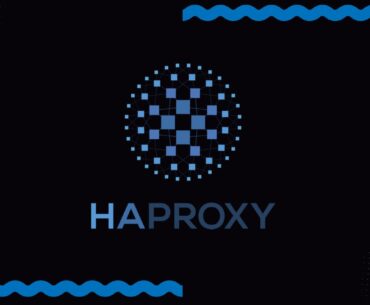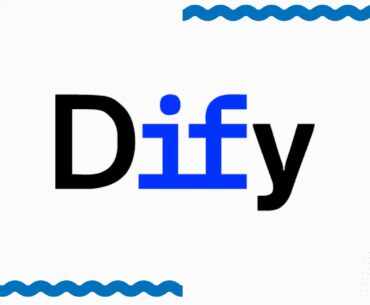Astro is a modern web framework that ships less JavaScript by default and lets you mix UI islands from React, Svelte, Vue, and others. It excels at static sites, but also supports server-side rendering (SSR) for dynamic routes. In this guide, you’ll deploy Astro on DigitalOcean in two…
HAProxy (High Availability Proxy) is a powerful, open-source load balancer and reverse proxy. It sits between clients and your backend servers, distributing traffic, checking server health, optionally offloading TLS, and enabling flexible routing rules (layer 4 or layer 7). Because it’s lightweight, mature, and highly configurable, HAProxy is…
Dify is an open-source platform for building LLM (large language model)–based applications. It offers a visual workflow engine, prompt/agent support, RAG (retrieval augmented generation) pipelines, model management, observability, and APIs. The idea is to let users go from prototype to production in a unified environment, while retaining full…
Modern Next.js apps default to the App Router and React Server Components (RSC). That unlocks streaming, data-fetching on the server, and better performance—but it also changes how runtime styling libraries plug in. This guide shows you how to use popular CSS-in-JS options (primarily styled-components and styled-jsx) in the…
This is a detailed, up-to-date guide to deploying and self-hosting a BlueSky Social PDS (“Personal Data Server”) on DigitalOcean. I assume you already have a DigitalOcean account. If not, you’ll need one to spin up droplets, configure networking, and manage DNS. This guide walks you from environment setup…
If you’ve been working with JavaScript for any length of time, especially in web development where you’re fetching data from APIs or handling user inputs, you’ve probably run into the frustrating “SyntaxError: Unexpected end of JSON input” at some point. This error pops up when you’re trying to…
When you change DNS records—or when propagation is still in progress—your computer or browser may keep showing you old results because of local DNS caching. Clearing those caches forces your device to fetch fresh records from the resolver. Here’s a complete guide for flushing DNS caches across major…
When you plan a DNS change—such as moving your website to a new server—the biggest obstacle is cached records across the Internet. By default, recursive resolvers may hold onto old data until the record’s time to live (TTL) expires. If the TTL is high (like 24 hours), many…
When DNS first became widely used in the 1980s, the system designers aimed for resilience and distributed caching. Over time, caching became central to DNS’s performance: resolvers would store query results to reduce load and latency. As a result, even though you update your DNS record on the…
PostgreSQL 18.0 has arrived with major improvements in performance, SQL features, and security. But as with every major release, upgrading requires more than just running pg_upgrade or restoring a dump. Version 18 introduces several compatibility changes that may affect existing applications and administrative workflows. This post highlights what’s…
The PostgreSQL Global Development Group today announced the release of PostgreSQL 18.0, the latest major version of the world’s most advanced open source relational database. This release introduces a new asynchronous I/O (AIO) subsystem, virtual generated columns, OAuth authentication, and improved upgrade tooling, along with a wide range…
DNS’s original goal was to convert human-friendly names (like dropletdrift.com) into machine addresses (IP). In parallel evolved a “reverse” function—mapping an IP back to a name. Though not strictly required, reverse DNS (rDNS) has been recommended as a sound best practice since early DNS guidance (e.g. Informational RFCs).…
















